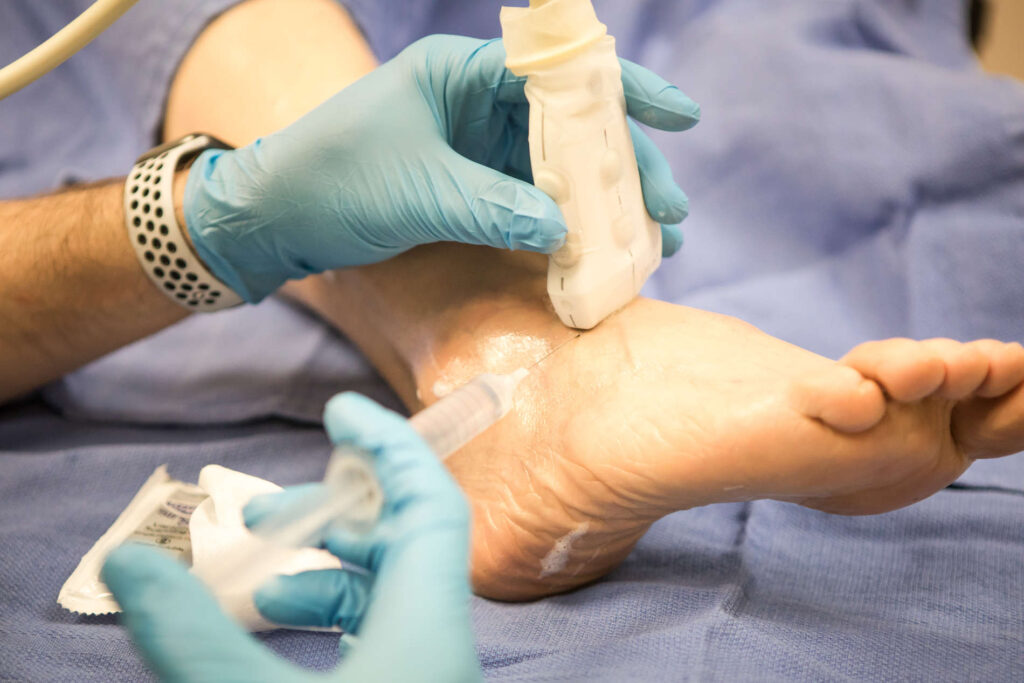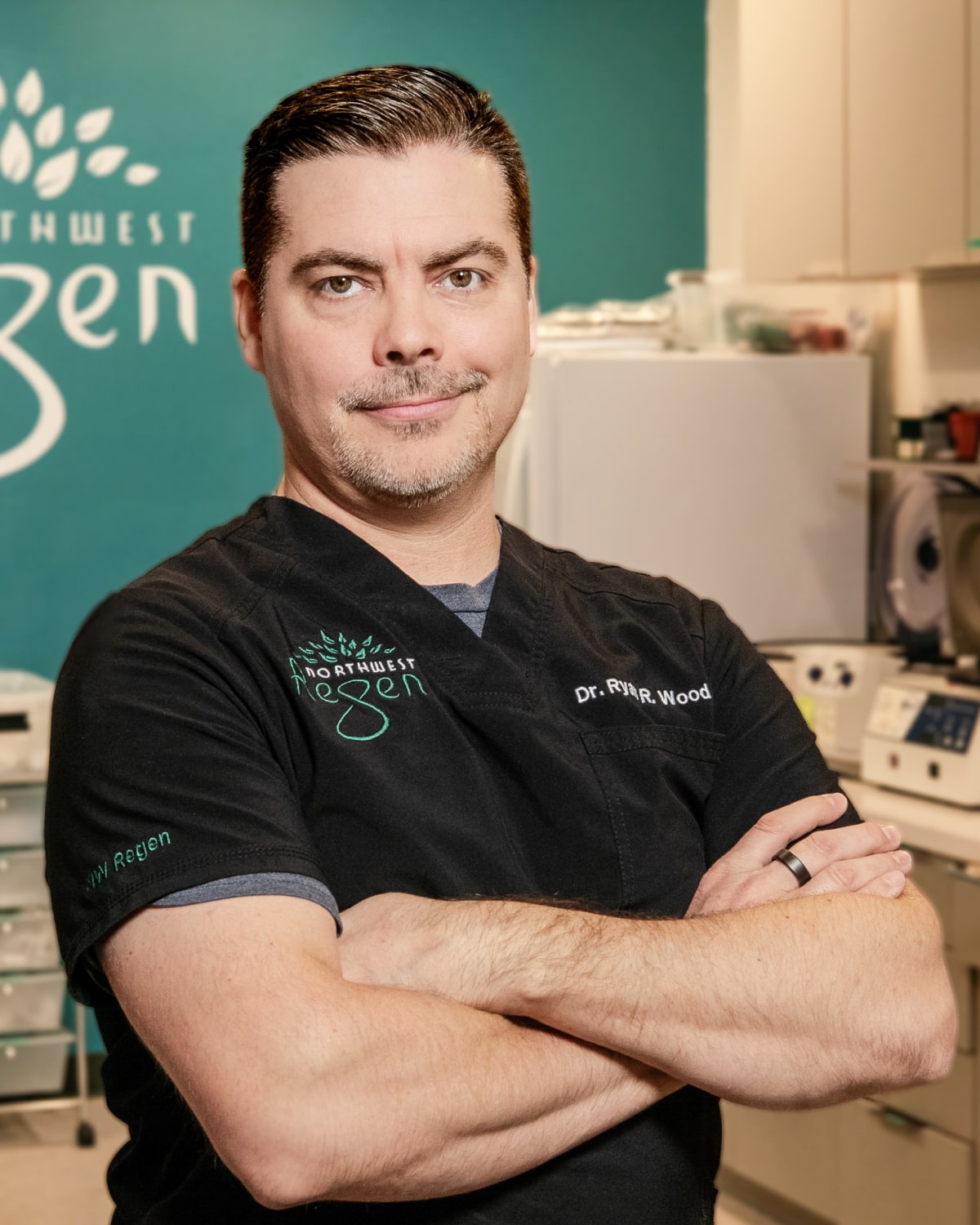At NW Regen, we work with patients with a variety of disorders – some commonly known, and others, perhaps less well-known. Hypermobile Ehlers-Danlos syndrome (hEDS) is one that not many people may have heard of, but one that definitely warrants attention.
hEDS is an inherited disorder that affects a person’s connective tissues, mainly ligaments and tendons in their joints. The result is unusually weak joints that make normal, everyday living difficult. Here is Dr. Wood’s perspective on the condition and its treatment.
Q: What causes Hypermobile Ehlers-Danlos Syndrome (hEDS)?
Dr. Wood: Connective tissues provide strength and elasticity to muscles, bones, ligaments, blood vessels, and tendons. One of the many proteins found in our connective tissue is collagen. hEDS occurs when the gene that determines how to make collagen is faulted, weakening the connective tissue in joints. The result: very weak joints, with frequent dislocations and general instability from common activities.
As a genetic disorder, hEDS is inherited and passed on from parent to child. In fact, with hEDS, a person has up to a 50% chance to pass the gene on to children.
Q: What is the best cure for Hypermobile Ehlers-Danlos Syndrome (hEDS)?
Dr. Wood: There is no cure for hEDS. Doctors have traditionally treated only the symptoms, with physical therapy and exercise, medication to manage pain, lifestyle changes (such as braces and wheelchairs), and as a last resort, surgery. More recently, however, some doctors have discovered that Regenerative Injection Therapies (RIT) can provide longer-term healing, addressing the core issue … helping the body generate more collagen to strengthen loose ligaments and joints. Prolotherapy is one such therapy.

Prolotherapy is a very safe outpatient procedure that can treat most joints affected by hEDS. It provides relatively quick pain relief and joint stabilization at a fraction of the cost of surgery. In fact, this one treatment addresses most of the painful conditions that occur with hEDS.
Prolotherapy involves the injection of a safe, natural solution directly to the painful joint area to stimulate tissue growth — including collagen. This helps to heal affected ligaments and permanently strengthen and repair joints and tissues affected by hEDS. Studies have shown that Prolotherapy treatment addresses chronic pain in hEDs patients – even those who were told that their only option is surgery.
Q: Why come to NW Regen for this treatment?
Dr. Wood: Our regenerative therapies like Prolotherapy offer exceptional nonsurgical alternatives for connective tissue repairs. We offer the most advanced alternative treatment options and empower our patients with effective, evidence-informed approaches for common orthopedic conditions.
At NW Regen, we have a deep foundational understanding of Prolotherapy and other interventional orthopedic and orthobiologic therapies. Our goal is to provide the best, most informed options to treat not merely symptoms, but the root causes of the underlying problems of hEDS. Having the ability to effectively perform regenerative, non-surgical treatments is a significant part of our tailored approach to healthy, whole-body healing.
Contact us for a free consultation.

Dr. Ryan Wood is a licensed Naturopathic and Chiropractic physician focusing on interventional orthopedic and orthobiologic medicine and injection therapies as well as general musculoskeletal and non-surgical orthopedic medicine.
With almost two decades of orthopedic practice across multiple disciplines, he has the necessary experience to ensure proper diagnoses and management of complex cases.


